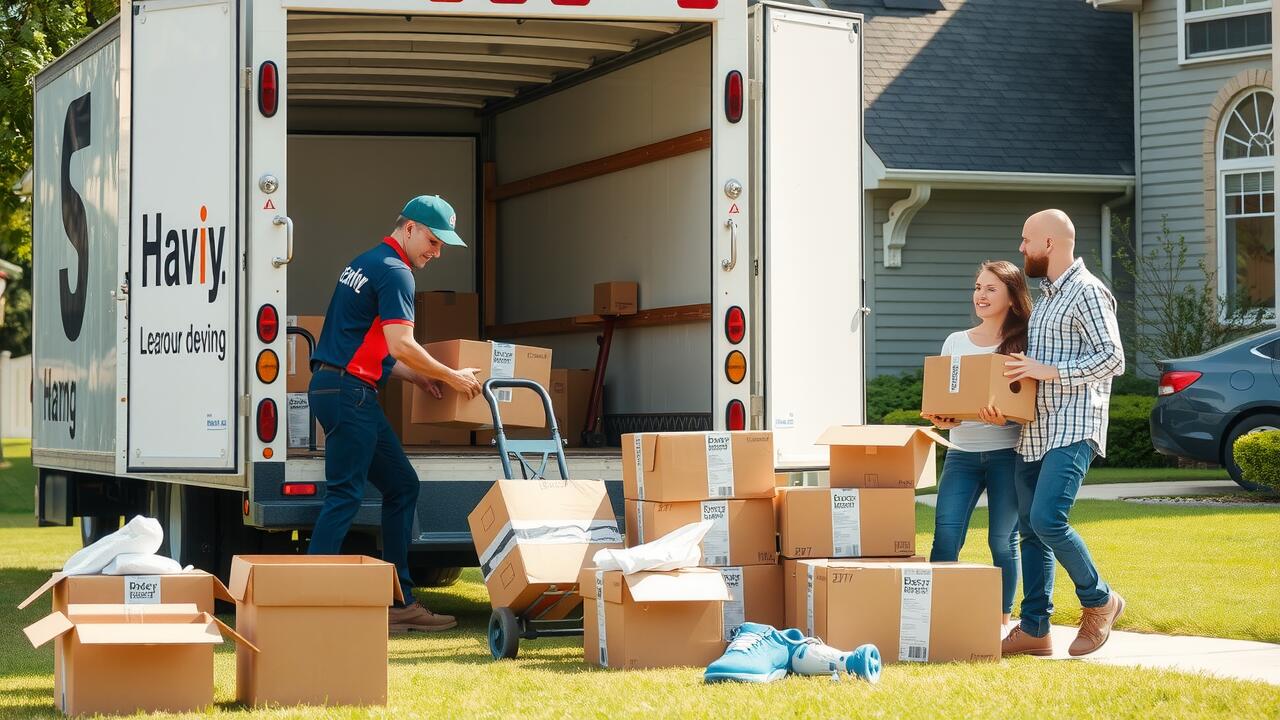
Table Of Contents
The Role of Time in Local Travel
Time plays a crucial role in defining local travel. A journey of a few miles might be considered local if it can be completed swiftly. Commuting times can vary significantly based on traffic patterns and peak hours. Thus, the perception of what constitutes a local trip often depends on how quickly one can reach their destination rather than just the distance covered.
For businesses, the concept of local travel intertwines with time efficiency. Employees may need to travel short distances for meetings or errands, but heavy traffic can turn a quick trip into a prolonged ordeal. Local and Long Distance Moving in Seattle, Washington, illustrates this point well, as even short moves within the city can be impacted by urban congestion. As such, the time it takes to complete a journey often overshadows the actual distance, influencing how both individuals and employers view local travel.
Evaluating Distance vs. Travel Time
When considering the distinction between local and long-distance travel, it's essential to evaluate both the distance covered and the time required for the journey. While many define local travel as trips under a certain mileage, factors such as traffic conditions and the mode of transportation can significantly influence how long a trip takes. For example, a 10-mile drive through heavy traffic may feel like a long journey, while 50 miles on an open highway could be completed in a short time. Understanding these dynamics helps in effectively classifying travel, especially in urban settings where factors like congestion can alter expectations.
In the context of relocation, the criteria for assessing local and long-distance moving can vary. Local and Long Distance Moving in Seattle, Washington, illustrates this distinction well. A move within the city often aligns with local travel criteria, making it manageable and quick. In contrast, relocating to a different state or across the country falls into the long-distance category, requiring different considerations such as logistics, time frames, and costs. These differences can affect planning for both individuals and businesses, emphasizing the importance of tailoring strategies to specific travel needs.
Understanding Local vs. Long-Distance Travel
Local travel typically refers to journeys that occur within a certain geographical area, often spanning a few miles. In contrast, long-distance travel involves significant distances, generally exceeding the range most individuals would consider reasonable for daily commuting or short errands. The specific threshold for defining these categories can vary depending on contextual factors. For instance, a trip that takes less than 30 minutes may be deemed local, while anything requiring more time or covering more ground is often classified as long-distance.
When discussing Local and Long Distance Moving in Seattle, Washington, the distinctions become vital for both residents and moving companies. Individuals relocating within the Seattle area may only need to navigate traffic and urban landscapes for their moves. Conversely, those undertaking long-distance moves face a different set of challenges, including potential overnight stays and considerably higher logistics costs. Recognizing these differences is essential for a smoother transition, whether one is moving across town or to a different state altogether.
Key Differences and Examples
Local travel typically refers to short distances usually confined within the boundaries of a city or metropolitan area. For example, commuting for work, shopping, or leisure activities generally falls under this category. In contrast, long-distance travel involves significantly greater distances, often across state lines or extensive geographical areas. This distinction affects not only individual travel preferences but also influences logistics, planning, and cost considerations for both personal and business trips.
When considering moving services, the differences between local and long-distance moving become even more prominent. Local and Long Distance Moving in Seattle, Washington, reflects the various logistical needs that must be addressed. Local moves often involve fewer resources and shorter timeframes, while long-distance moves require more detailed planning, paperwork, and coordination, making the overall process more complex and potentially costly. Understanding these differences allows individuals and businesses to make informed choices based on their specific needs and circumstances.
Local Travel for Business Purposes
When it comes to business travel, local trips often encompass short distances that employees can cover within the same city or region. Businesses typically define local travel based on proximity to the office or worksite, with many considering anything within 25 to 50 miles as local. Employers often set specific guidelines for reimbursement or compensation linked to these short journeys, ensuring that travel time and costs remain manageable.
Understanding local travel is crucial for companies that engage in services such as Local and Long Distance Moving in Seattle, Washington. Operations in this field frequently require prompt service in nearby areas, which can include a range of logistical challenges. Effective planning and clear communication about what constitutes local travel can help streamline processes and improve overall efficiency in business activities.
What Employers Consider Reasonable
Employers often establish specific guidelines for what they consider reasonable travel distances for work-related tasks. These parameters can vary significantly depending on the nature of the job and the industry involved. For many businesses, local travel generally encompasses distances that can be completed within a certain timeframe, usually defined as being within a 30 to 50-mile radius from the office. This ensures that employees can manage their daily responsibilities without commuting excessively and allows them to maintain a proper work-life balance.
In sectors like logistics and real estate, companies may define local travel based on efficiency and time management. For example, businesses specializing in Local and Long Distance Moving in Seattle, Washington, might set different benchmarks for internal transport of goods versus client visits. What one employer considers reasonable travel might differ greatly from another, influenced by company policies, industry standards, and the specific demands of the role.
FAQS
How many miles typically defines local travel?
Local travel is generally considered to be within a range of 20 to 50 miles from a person's starting point, though this can vary based on context and personal circumstances.
Does local travel vary between urban and rural areas?
Yes, local travel distances can differ significantly between urban and rural areas, with urban areas often having shorter distances due to higher population density and more services available, whereas rural areas may have larger distances considered local.
How does travel time factor into determining local travel?
Travel time is crucial in determining local travel, as a distance that may seem short in miles can take longer to travel due to traffic conditions, road types, and other factors, affecting whether it feels local or long-distance.
What is the significance of local travel for business purposes?
Local travel for business often involves meetings, site visits, or other professional engagements within a reasonable distance, typically considered to be under 50 miles, which employers may define as eligible for reimbursement or paid travel time.
Are there specific guidelines employers follow to determine local travel?
Employers may establish their own guidelines to define local travel based on company policies, local norms, and industry standards, which often consider factors like distance, expected travel time, and purpose of travel when determining what is reasonable.
